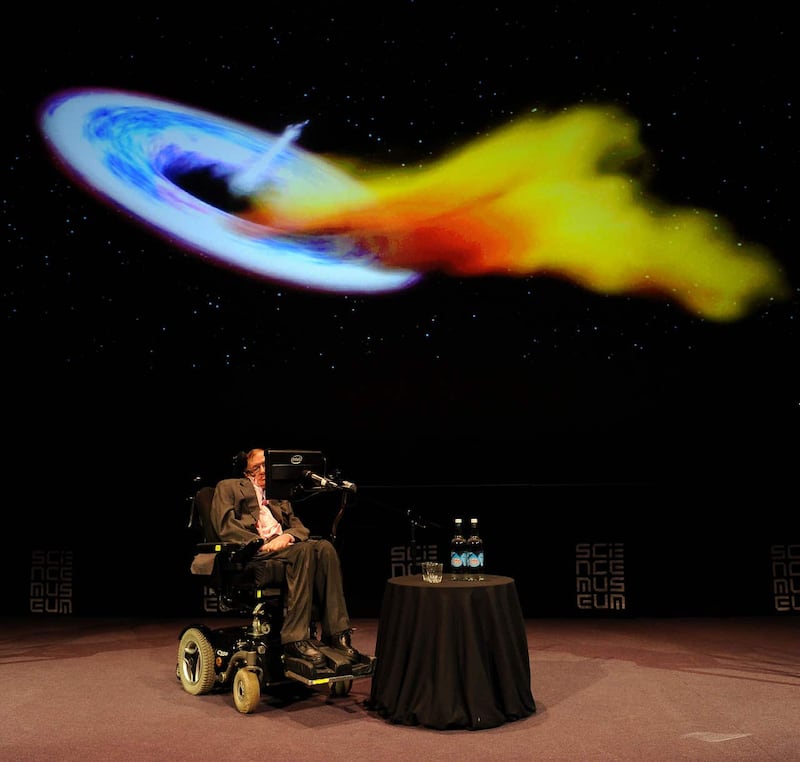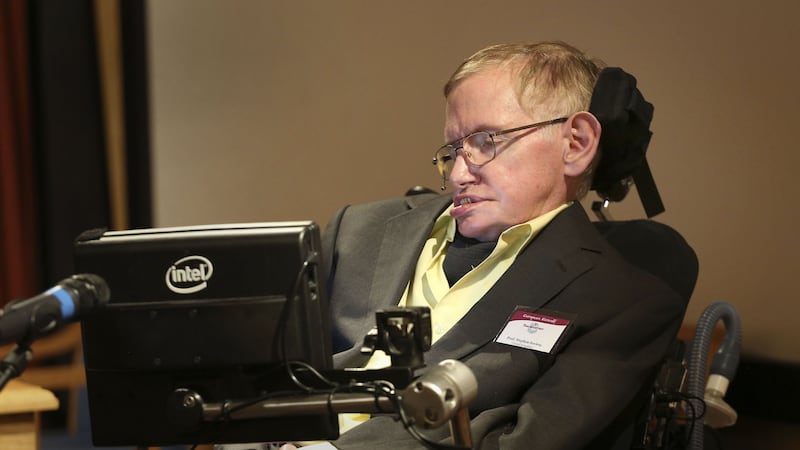Visionary physicist Stephen Hawking died at the age of 76 leaving a body of work which will be remembered for hundreds of years.
But to the average person, it can be hard to understand just what was at the centre of Hawking’s research.
Here’s the relatively simple explanation of some of what made Prof Hawking so revered.
Singularity

Prof Hawking came up with mathematical proof for the Big Bang theory, together with colleague Roger Penrose.
Their work built on equations, from Einstein’s general theory of relativity.
By working through the equations they were able to demonstrate a point at which the universe began, known as singularity.
“We believe 100% that the Big Bang happened and this was was the mathematical proof that this happened,” said Professor Richard Batty, professor of cosmology and associate director (science) at Jodrell Bank Observatory in Cheshire.
Before the Big Bang theory dominated, another school of thought was steady state – it considered that the universe had always existed. It was a proponent of steady state who coined the term Big Bang, almost as a slur on the theory.
Hawking Radiation

Prof Hawking theorised that black holes could radiate energy, an idea that was against the thinking at the time. His work explained that the temperature of a black hole is inversely proportional to its mass.
Within this explanation, Prof Hawking managed to encompass two apparently conflicting parts of physics. Quantum mechanics focused on the behaviour of things the size of an atom and smaller while general relativity looks at a wider explanation of the universe.
His work combined these two conceptional theories, something which hadn’t been done before.
“By that Hawking challenged the rules of general relativity and quantum mechanics in a single theoretical framework,” said Alon Faraggi, professor of mathematical sciences at the University of Liverpool.
Inflationary perturbation

Prof Hawking built on the theory of inflation, which described the events immediately after the Big Bang and goes on to explain the scale of the universe.
His calculations, which were similar to his work on Hawking Radiation, showed that the conditions were right for the creation of the universe at the time the Big Bang happened.
Models based on his predictions can be checked against observations in the real world.
A number of people were adding to the theory of inflation at the same time as Prof Hawking.






